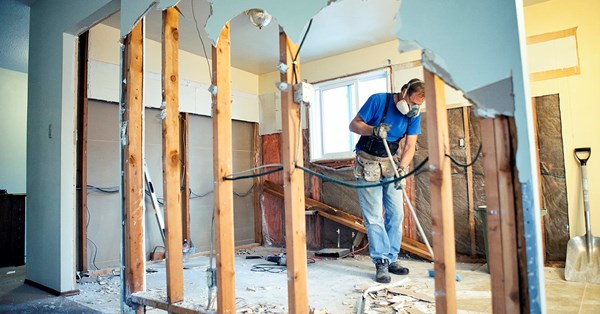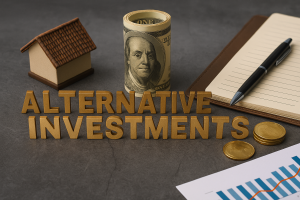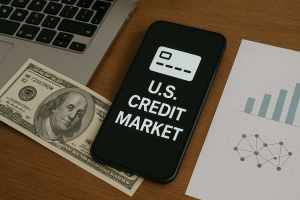Home renovation financing strategies play a crucial role in achieving the dream of transforming your living space. A functional and aesthetically pleasing home is a desire shared by many Americans; however, funding these alterations can be challenging. Therefore, understanding the various financing methods available can make all the difference.
From personal savings to specialized loans, there are numerous ways to finance these projects without breaking the bank. In this blog post, we will delve into the intricate world of funding home improvements and explore which options might be the best fit for your renovation aspirations.
Exploring traditional financing options

Traditional financing methods have long offered homeowners significant avenues for funding renovations. Understanding these can help you strategically plan your funding. Traditional loans like home equity loans and lines of credit (HELOCs) are popular choices. These financial products allow homeowners to borrow against their property’s equity.
Home equity loans provide a lump sum, making them suitable for large-scale projects, while HELOCs work much like a credit card, offering flexibility for ongoing renovations. Additionally, mortgage refinancing, including cash-out refinance, can free up funds for renovations by increasing your mortgage amount and returning the excess cash.
Home equity loans and HELOCs
Home equity loans and HELOCs are specifically designed for homeowners who want to tap into their home’s existing value without selling the property. With a home equity loan, you get a fixed amount based on your equity, and repayment is typically over a fixed term with a fixed interest rate.
On the other hand, HELOCs offer a revolving line of credit that you can draw from as needed, making them ideal for projects with uncertain costs. Both options generally feature lower interest rates compared to unsecured loans, though your home serves as collateral, which poses a risk if repayments are missed.
Mortgage refinancing
Mortgage refinancing presents another possibility for funding home improvement projects. Specifically, a cash-out refinance allows you to take out a new, larger mortgage on your home and receive the difference in cash.
This method can offer a lower interest rate compared to other finance options and can be beneficial if mortgage rates have dropped since you took out your original loan. However, because you’re essentially resetting your mortgage terms, it’s crucial to consider the long-term implications, including how it could impact your financial stability should interest rates fluctuate.
Alternative financing methods
Beyond traditional approaches, alternative funding avenues can also provide valuable solutions tailored to diverse homeowner needs. These methods often cater to unique situations where traditional loans might not suffice. For instance, personal loans offer a fixed amount with variable interest rates and are unsecured, requiring no collateral.
They are a quick option for smaller projects but tend to carry higher interest rates compared to secured loans. Another alternative is peer-to-peer lending, where online platforms connect borrowers directly with investors. Additionally, credit cards, while convenient, should be used cautiously due to high-interest rates.
Personal loans
Personal loans are unsecured financing options which means they don’t require any asset such as your home, to be used as collateral. This makes them an attractive choice for homeowners who lack significant home equity yet need to finance renovations. The process of obtaining a personal loan is often straightforward, with many lenders offering quick approval times.
However, the downside is that interest rates are typically higher compared to home-equity-based options. Therefore, although personal loans can be suitable for smaller, less expensive projects, careful consideration of the interest owed is necessary to avoid excessive debt.
Peer-to-peer lending and credit cards
Peer-to-peer lending is an innovative way to borrow money for home projects. Through platforms facilitating these loans, individuals can directly negotiate terms with potential lenders, often resulting in better rates than conventional banks. Additionally, P2P lenders may offer more flexibility regarding the borrower’s credit score, appealing to those overlooked by traditional financial institutions.
Conversely, credit cards can be a practical tool for covering quick fixes or minor updates thanks to their convenience; however, they should be approached with caution due to high-interest rates, making them less suitable for long-term financing solutions without promotional offers.
Analyzing government programs and incentives
The U.S. government also offers programs and incentives to aid homeowners in renovation endeavors, often promoting energy efficiency and safety enhancements. Understanding how these programs work can greatly expand your financing options.
For instance, the Federal Housing Administration (FHA) 203(k) loan permits borrowers to combine the costs of purchasing or refinancing a property with the cost of its rehabilitation, directly into a single mortgage.
Moreover, energy-efficient incentives, such as those associated with the Weatherization Assistance Program, might provide federal funds to assist individuals in making sustainable improvements.







